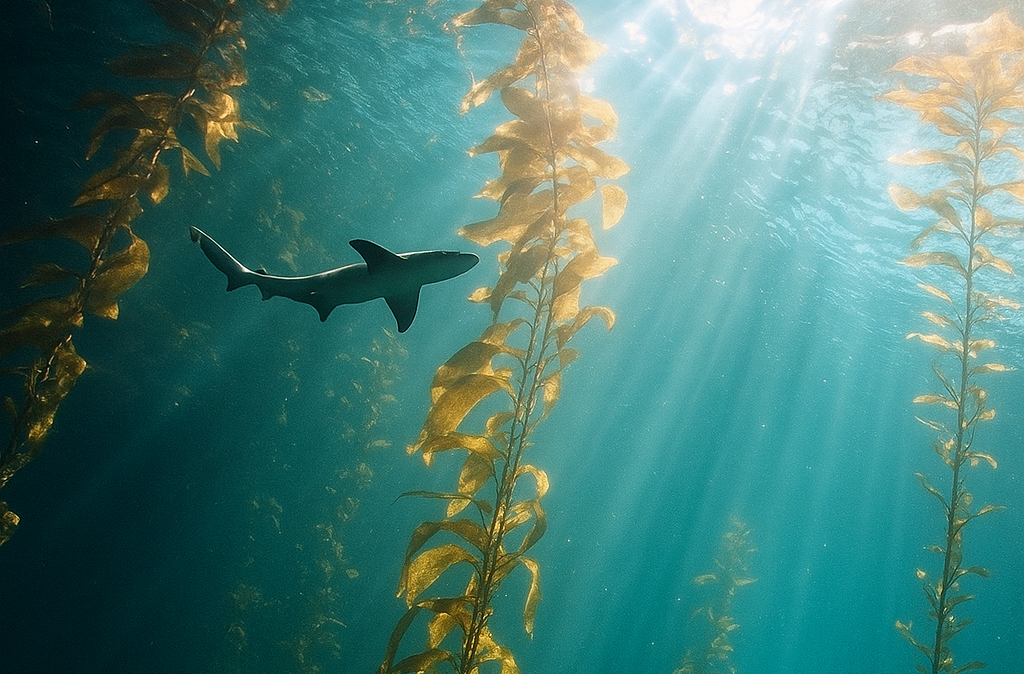For the first time in history, the open ocean - that vast stretch of blue beyond any nation’s borders - finally has protection.
After nearly two decades of negotiation, the High Seas Treaty (also called the Biodiversity Beyond National Jurisdiction agreement) has officially reached the number of ratifications needed to take effect. Sixty countries have now signed on, triggering the countdown for it to become law. This means that almost half of Earth’s surface - waters once beyond the reach of any rule or care - will soon be safeguarded under a shared, global agreement.
Why is this important?
Until now, international waters were like a legal blind spot: no clear limits on industrial fishing, no accountability for deep-sea mining, and little oversight of how marine life was treated in the planet’s largest ecosystem. The new treaty changes that. It allows for the creation of marine protected areas, requires environmental impact assessments for activities that might harm fragile ecosystems, and gives countries a way to cooperate instead of compete over the ocean’s resources.
Will it actually make a difference?
Like any treaty, it’s not perfect. Deep-sea mining still isn’t fully banned, and some powerful nations have yet to ratify - but it’s a turning point. For the first time, the world has agreed that the high seas belong to everyone and must be cared for collectively.
That is a major step in the right direction towards protecting our oceans.
Healthy oceans are one of the planet’s greatest climate allies. They absorb carbon, stabilize weather, and shelter most of Earth’s biodiversity. Protecting them means protecting life itself.
The tide is turning — and this time, it’s in the Earth's favor.
Now that's a #WinForThePlanet!

